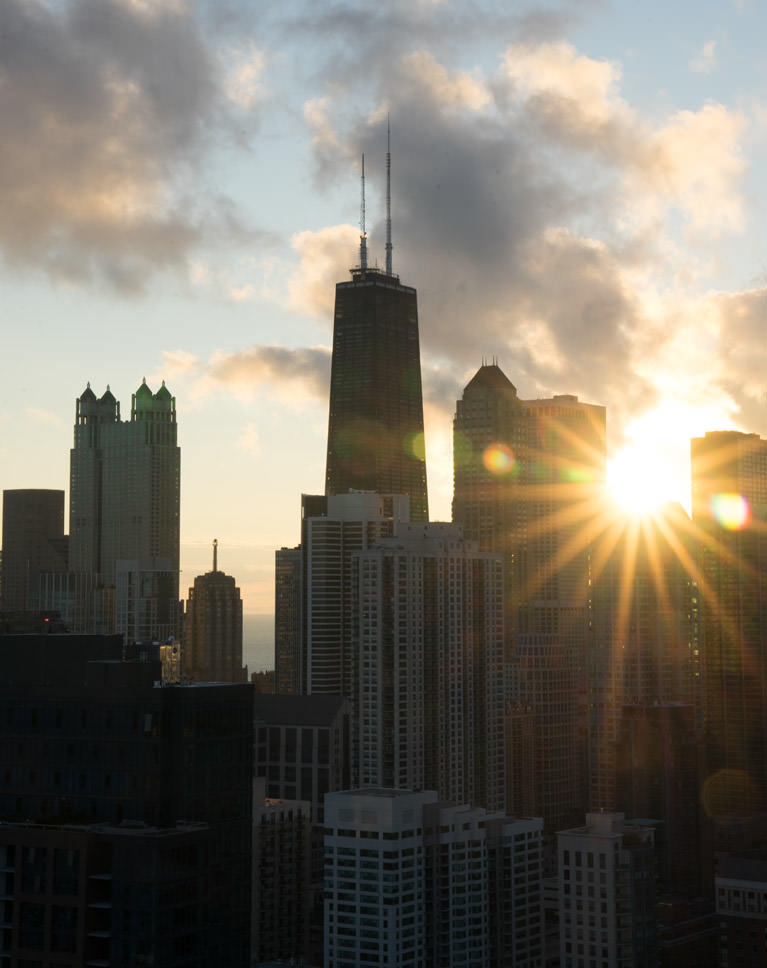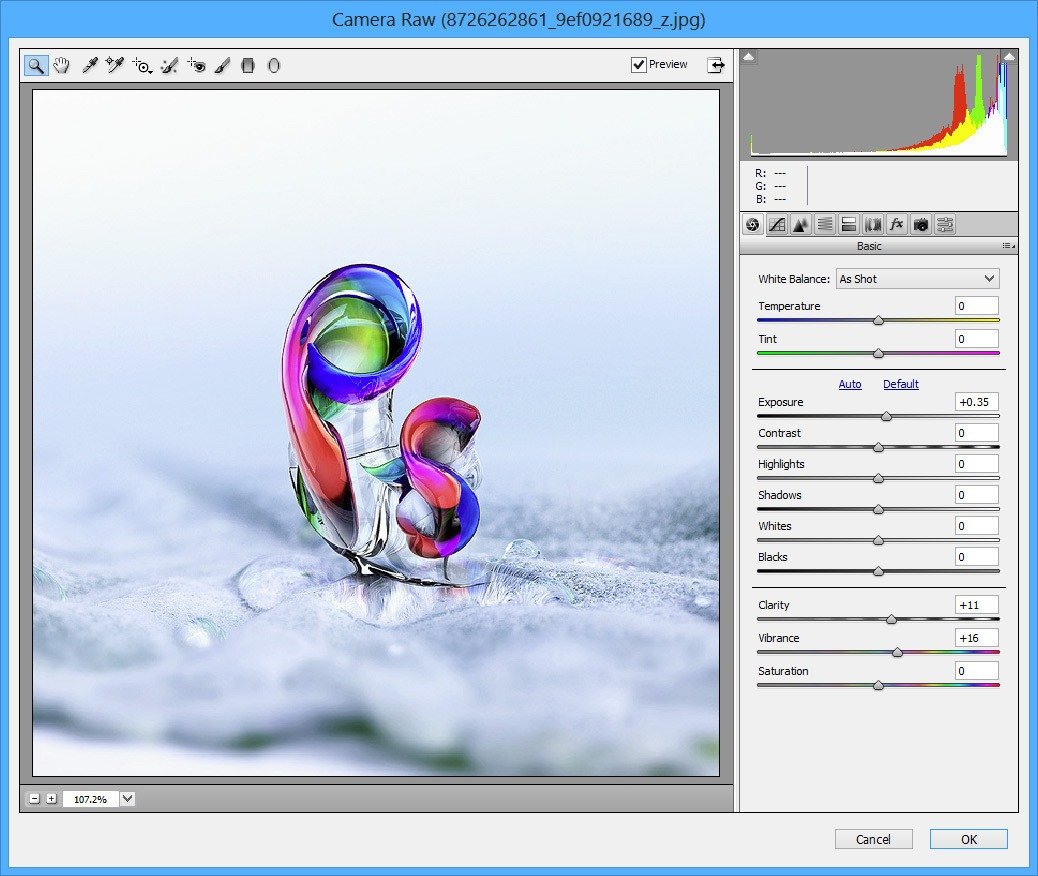
The mapping between the cryptic vs real names is contained the file called Media_db.db (a standard SQlite database) in the table called “installfile”. This contains all the profiles but with a non standard name. To extract the camera profiles navigate to the AdobeCameraRawProfiles6 folder and open the Assets2_1.zip. You can then skip the camera profiles if you really want.
#Adobe camera raw 2013 install
More recent packages of camera raw have additional file which you can safely ignore.Ĥ) rename this file to “Camera Raw.8bi” and install it to the location plugin folder for Photoshop. To extract the camera raw file format plug in do the following:ġ) Click on AdobeCameraRaw6.0 folder (ie 圆4 if you want the 64bit version otherwise use the one without it)ģ) look for a file called “1003” and extract this. If you click on the payloads folder you will see However you still want to install the files manually, as in my case, then keep reading. V5.8 to current – The install procedure changed and you need to run a application called AdobePatchInstaller.exe which then extracts the files, renames them and put them in the correct location.
#Adobe camera raw 2013 software
V5.7 – This the last version of the Camera Raw software that has a very simple install interface. Installation of the Camera Profiles is simple as running the CameraProfiles.exe executable and it drops a whole bunch of files into “C:\ProgramData\Adobe\CameraRaw” V5.2 to 5.7 – contains the file format plugin (in 8bi format) and Adobe start to package in Camera Profiles (as. V2.4 to 5.1 – contains a file format plugin (32bit and 64bit) call “Camera Raw.8bi” which is copied to the “C:\Program Files\Adobe\Adobe Photoshop CS5\Plug-ins\File Formats” path.

#Adobe camera raw 2013 windows
You can find a complete list of camera raw versions for Windows 32bit on this page: When the AdobePatchInstaller.exe it always comes up with the error “Update is not applicable” shown below. You won’t get the same tonal depth and colour fidelity as with a true raw file, but if you’ve mastered the editing controls in ACR, it provides an easy way to make image adjustments.I’ve always had a problem installing a working version of Adobe Camera Raw. A regular file like a JPEG can also be edited with it, and the easiest way to do this is via the Filter menu in Photoshop (Filter > Camera Raw filter).



It all adds up to unparalleled image control, so provided you start with a raw file, you can create the best possible version of your image, all thanks to the power of Adobe Camera Raw.Įven if you haven’t captured the photo as a raw file, you can still make use of the ACR interface and suite of controls. That means if you accidentally shoot with an indoor white balance setting when you’re in daylight, or slightly underexpose a shot and want to make it brighter, you can quickly address the issue in ACR and get your shot the way you intended it to be.Īnd with the Photoshop version of ACR, you can do this selectively on specific regions in the image via adjustment brushes, add effects like graduated filters, and even correct lens defects like vignetting, distortion and coloured fringing. With a raw file, all these – and many other values – are ‘floating’ and can be adjusted to give the look you want, rather than the fixed look the camera delivered. The values for the exposure, white balance, colour saturation, contrast and sharpening are all embedded in the file, and give the picture a particular ‘look’ – essentially, what you reviewed on the camera’s screen after taking the shot. With a JPEG or other ‘normal’ image format, lots of attributes that make up the image are fixed in place at the time the file is saved to the camera’s memory card. (Image credit: Digital Camera World) (opens in new tab) When you shoot raw files, you get the chance to change the white balance and other contrast and color settings in Adobe Camera Raw, even after you've taken the picture.


 0 kommentar(er)
0 kommentar(er)
